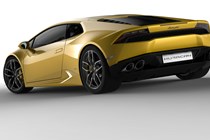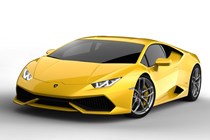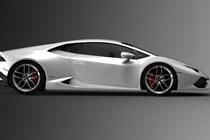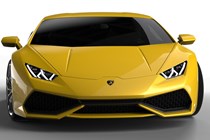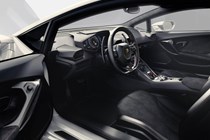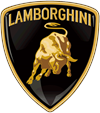
Lamborghini Huracan Coupe review
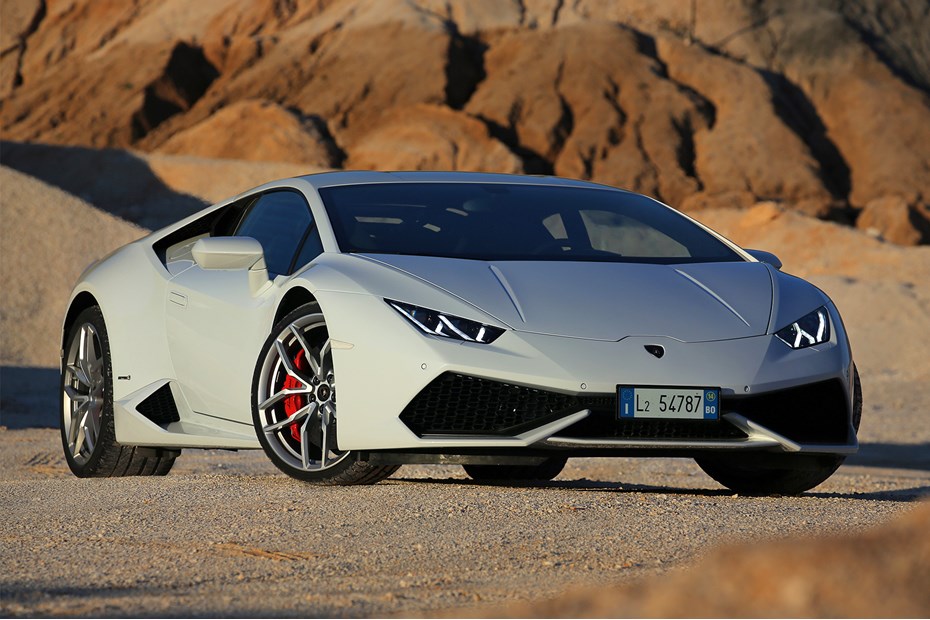
At a glance
| Price new | £155,455 - £207,980 |
|---|---|
| Used prices | £64,173 - £178,842 |
| Road tax cost | £600 - £735 |
Get an insurance quote with

|
|
| Fuel economy | Not tested to latest standards |
| Range | 365 - 420 miles |
| View full specs for a specific version | |
Available fuel types
Petrol
Pros & cons
- Improved performance
- Improved quality
- Improved economy
- Not as wild looking as it could be
Overview
Finally, like the storm you’ve been waiting on tenterhooks for, the Lamborghini Huracan has blown in to replace the Gallardo – and it’ll have to be good since the Gallardo notched up over 14,000 sales during its ten-year production run.
The name is derived from the Spanish for hurricane, and like the car it replaces, much of the technology underneath is shared with the R8 from parent firm Audi.
Traditional design
Believe it or not ‘traditional’ design for Lamborghini often features scissor-style doors that fold up rather than swing out, but like the Gallardo that came before it the Huracan’s openings are rather more conventional. No matter as the rest of this car’s look is pure, unadulterated and unapologetic Lamborghini – you certainly won’t mistake it for a Porsche.
The marketeers say the shape is defined by a single line that runs from the nose to the tail, but what your eyes will say is this looks sleek, low and sharp – just as any junior supercar should do.
Along with the creased bodywork the Huracan sports 20-inch wheels, hiding the standard carbon-ceramic brakes, and all lights (head and tail) are fully equipped with LED technology.
Right-sizing
Unlike the rest of the supercar elite (Ferrari, Mclaren and Porsche) Lamborghini has in-explicably managed to resist downsizing and turbocharging its engine. Under the neat engine cover – the Huracan is mid-engined – lies a naturally aspirated 5.2-litre V10, attached to a seven-speed dual clutch automatic gearbox for quicker changes.
The Huracan certainly doesn’t need a turbocharger for its performance; with a sophisticated four-wheel drive system, 602bhp produced at 8,250rpm and 560Nm of torque it’ll sprint from 0-62mph in 3.2 seconds. Perhaps it’s the sub ten second 0-124mph time and 202mph top speed that is the most telling of the stats though.
Direct and indirect injection of the fuel improves the engine’s power but also decreases fuel consumption too, though you’d never consider the Huracan particularly efficient with an average economy of 23mpg and CO2 emissions of 290g/km.
Experience
This car is all about the driving experience, and it promises not to disappoint when behind the wheel. With a carbon fibre and aluminium hybrid chassis the firm has managed to keep the kerbweight below 1,500kg.
An Adaptive Network Intelligent Management (ANIMA – derived from the Italian for soul) system alters the engine, gearbox, four-wheel drive and Electronic Stability Control responses via control on the steering wheel and promises excellent driving dynamics. The optional variable Dynamic Steering and MagneRide dampers add a further degree of customisation on the move.



